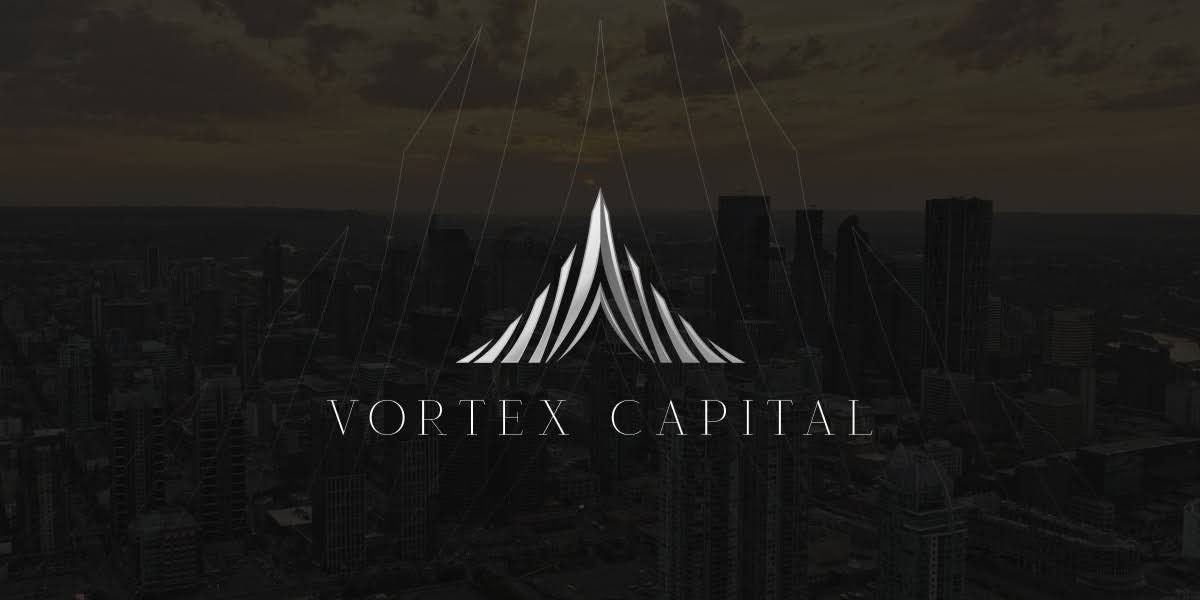By: Tom White
What It Takes to Raise Capital in Today’s Market: Navigating Diligence, Framing, and Investor Trust
In today’s investment climate, raising capital, whether from limited partners, family offices, or venture investors, often requires more than a strong thesis or demonstrated returns. The process has grown more intricate, shaped by macroeconomic uncertainty, prolonged decision cycles, and a sharper investor focus on preparation, positioning, and people.
Institutional LPs who once frequently re-upped without hesitation are consolidating manager relationships and demanding deeper operational rigor. At the same time, growth-stage companies face investors who now scrutinize not just traction, but burn discipline, margin potential, and founder clarity. According to Bain & Company’s Global Private Equity Report, capital continues to flow, though often toward a smaller subset of well-prepared opportunities. In this environment, storytelling isn’t just beneficial—it’s increasingly essential.
Raising capital today, whether for a fund or a startup, often hinges less on ambition and more on execution. Investors typically expect a tight process, clear positioning, and consistent follow-through.
“Vision alone rarely closes deals. Precision often plays a larger role,” says Fabian Kis, Managing Partner at Vortex Capital. “Sloppy materials, unclear messaging, or reactive communication can all serve as red flags. If you’re not controlling the process, you’re likely not ready to raise.”
In today’s environment, many founders present with a credible narrative, and many managers arrive with verifiable traction. But that’s no longer the sole differentiator. What frequently separates those who close from those who stall is their ability to synchronize with investor psychology, understanding not just the investment thesis but also the internal mechanics behind capital deployment timelines, conviction-building, and institutional sales cycles.
“Successful raises often hinge on alignment,” adds Dimitri Dieterle. “You need to engage investors at the right velocity and depth, mapping your process to their pacing, their bandwidth, and their decision framework. If you’re misaligned on timing or apply pressure at the wrong stage of their pipeline, you may struggle to convert. Effective capital raisers aren’t just prepared, they’re often calibrated.”
In sophisticated capital formation, framing is not just about storytelling—it’s a form of process signaling. Investors, whether LPs or strategic equity partners, often interpret every interaction as a proxy for execution quality. A founder’s ability to control the narrative, drive the cadence of engagement, and maintain clarity under pressure can signal institutional readiness long before due diligence begins.
“Capital raising is largely a managed sales cycle,” says Fabian Kis, Managing Partner at Vortex Capital. “If you allow unstructured materials, delayed follow-ups, or vague messaging to dictate investor perception, you’ve likely introduced risk into the equation. We advise clients to architect their engagement process with the same precision they apply to product or portfolio strategy.”
This dynamic is especially relevant in competitive processes, where multiple founders or managers are targeting overlapping pools of capital. From Series A rounds to first closes on emerging funds, allocators are filtering not just for performance, but for confidence, operational discipline, and alignment with their internal underwriting frameworks. Framing, pacing, and strategic pressure, when applied effectively, can create asymmetry in outcomes.
While digital outreach remains a key component of capital formation, the ability to build trusted, regionally grounded relationships has become more critical, especially in a market where investors are inundated with inbound opportunities. Trust can accelerate decision-making, but it’s the strength of pre-existing ties and the ability to engage with the right individuals at the right level that often determines whether a deal cuts through the noise.
“At the end of the day, capital commitment is often about conviction,” says Dimitri Dieterle of Vortex Capital. “And conviction is frequently built faster through direct, face-to-face interaction, whether it’s a meeting at a regional LP forum or a private discussion at a family office event. That initial familiarity can become the basis for more structured follow-up and, in many cases, allocation.”
At Vortex Capital, we regularly meet with investors in person on behalf of the clients we represent, particularly across Europe, the Gulf, and North America. These engagements are not just touchpoints—they’re part of a broader strategy to foster durable relationships with capital allocators, many of whom increasingly rely on informal channels and trusted intermediaries to navigate an increasingly crowded deal flow.
More than ever, relationships matter, not just for access, but for velocity. The ability to secure timely feedback, maintain open communication lines, and engage directly with decision-making stakeholders can dramatically shorten the fundraising cycle. In our experience, effective capital raises aren’t just well-structured—they’re often relationship-enabled. And in this market, that edge can be the difference between ongoing dialogue and silent drop-off.
Disclaimer: The content provided in this article is for informational purposes only. It does not constitute financial or investment advice. Readers are encouraged to seek professional advice from qualified financial or investment advisors for tailored guidance.
Published by Art B.

















